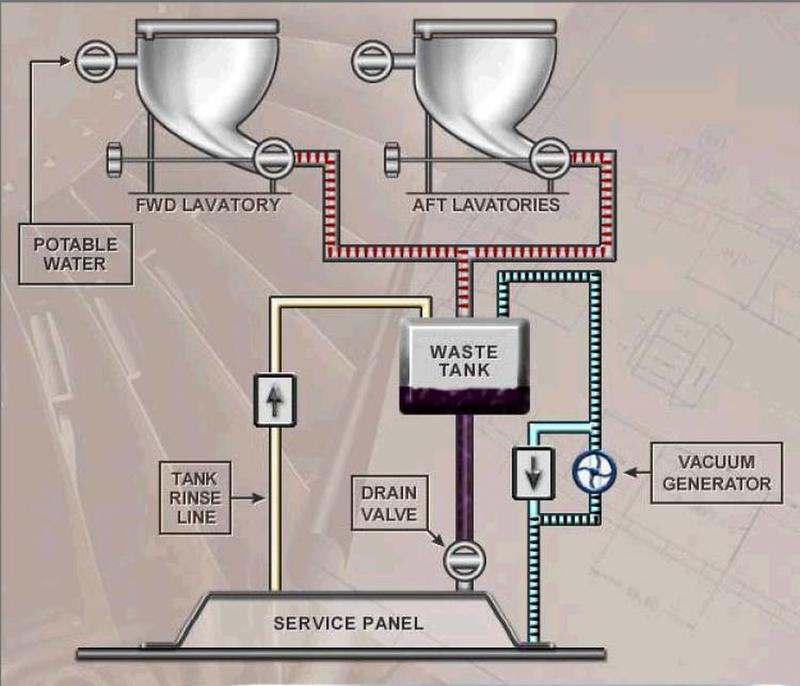This must be a topic you haven't given much thought about - how does the toilet on a modern aircraft work? What does the built-in system do with your waste, once you are done going for a number two? In this article, this complicated system of waste management is going to be explained, alongside a few bonus bits of information that is going to expand your knowledge of how a modern airliner works. Let's begin with the photos.

There are some people who worry about going for a number two on an airliner. This is because they fear that their waste is going to "drop" somewhere on the ground. The good news is that that's not at all how the waste management system works.

You may be wondering, just how does the airplane's system and plumbing works, and where does the poop go. To simplify the explanation, the poop goes from your belly, into the airplane's belly. After that is where the true magic happens.
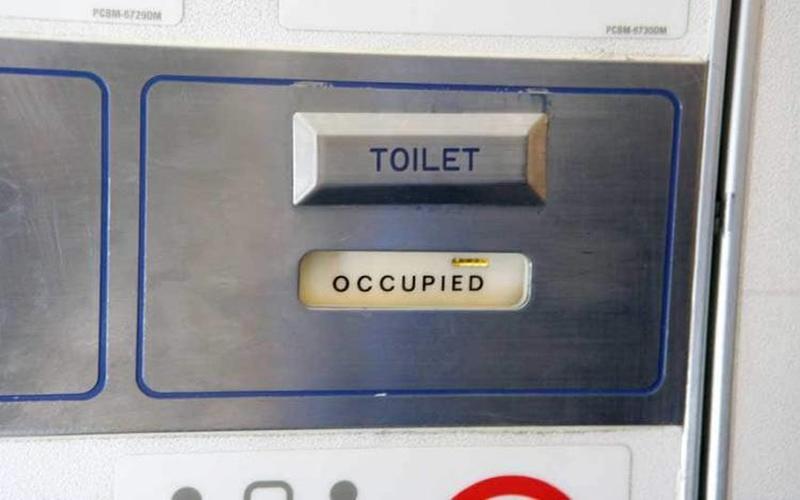
The previous picture's description mentioned something about the "airplane's belly." That's completely true, and that belly is just one of several tanks found inside the plane. These tanks get filled with waste, through the use of suction.

Pressing the flush button in the airplane's toilet is the first step of the process. Pressing that button opens a valve on the bottom of the bowl, which in turn exposes the contents of the bowl to a pneumatic vacuum.

There are two types of tanks in the plane - suction and holding tanks. The differences between them doesn't matter, but what matters is that you don't want to overfill the holding tanks. Once that happens, they may start dropping waste outside of the tank's storage.
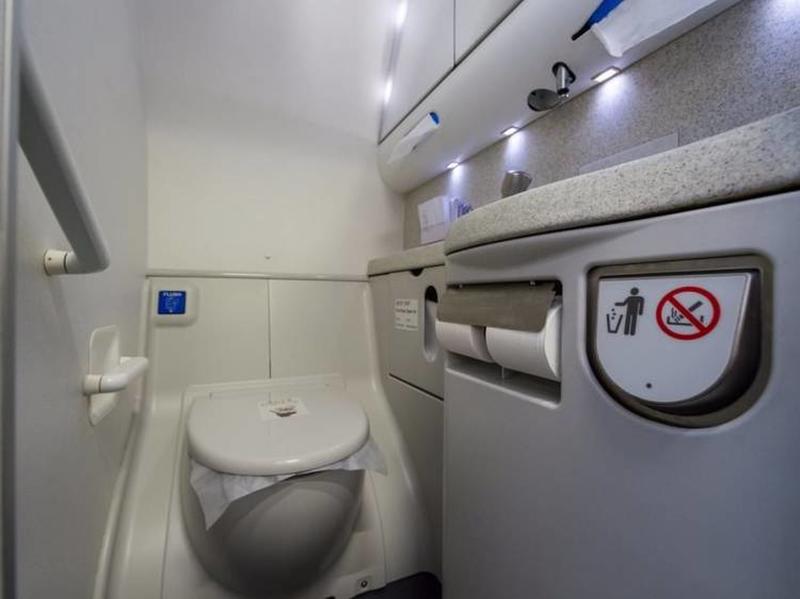
At this point, you might be wondering just how large these holding tanks are, and how much waste can they manage? The answer is around 20 gallons per tank, with the overall capacity on the larger commercial planes being around 100 gallons - that's 5 tanks per plane.
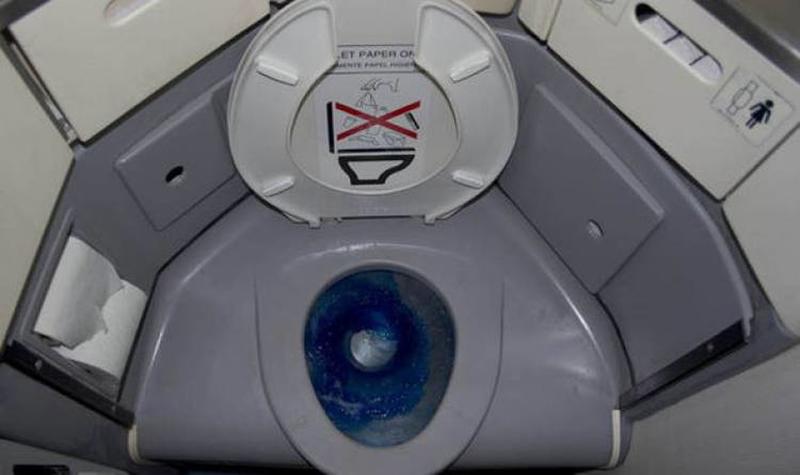
The tanks are not a "set and forget" system. They have to continually be cleaned and empties. That happens each time the plane lands, where a crew (a lavatory service truck) hooks up with the tank and empties its content into the truck.
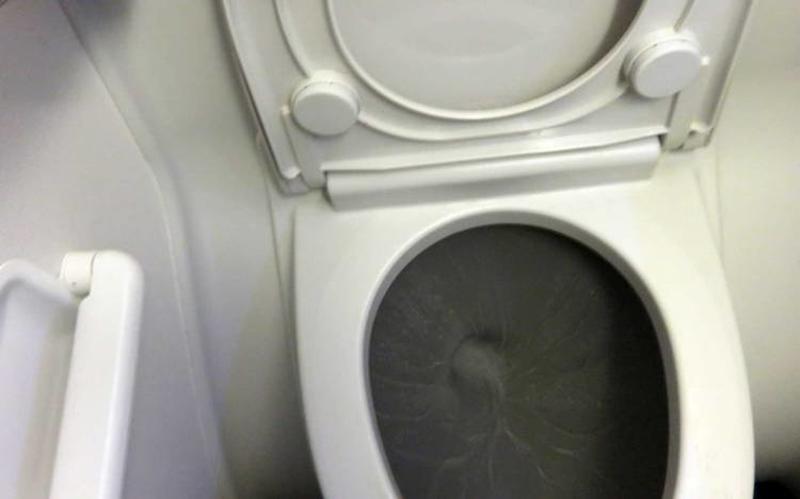
All innovators need to be remembered by name, and James Kemper is no different - he is the guy that invented the vacuum toilet system used in modern airplanes. He invented the system during the 1970s, with the system still being in use today.
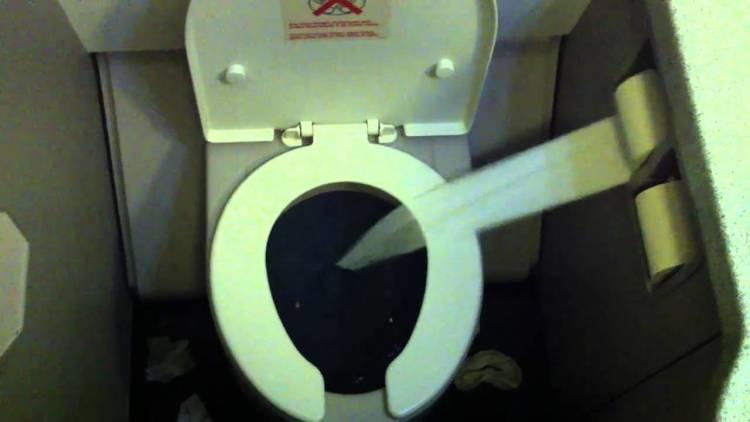
The Kemper vacuum toilet system changed air travel for millions of people. Before his system, passengers had to use slosh buckets, which could either get spilled in the bathroom during turbulence or chucked out of the window mid-flight.

Boeing was the first company to use Kepler's system on their airplanes. This happened in 1982, meaning it took several years for the invention to get adapted to commercial use. The system relied on a blue liquid call Skykem to help the suction process.

The blue liquid used in the airplanes toiler system is called Skykem, and it works as a deodorant and purifying the waste. The liquid is non-sticky, which helps the suction process to properly "grab" all of the waste you drop in the toilet.
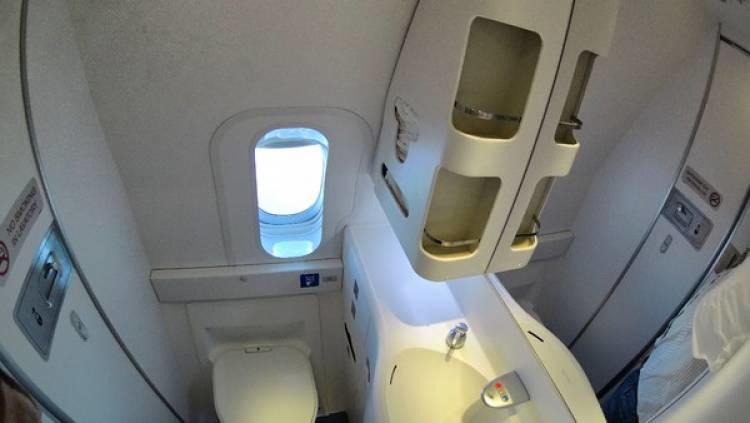
Once you press the flush button, the contents are exposed to a pneumatic vacuum. That pneumatic vacuum swirls the contents of the bowl (together with the blue liquid) into one of the tanks - this is called the "close waste system."
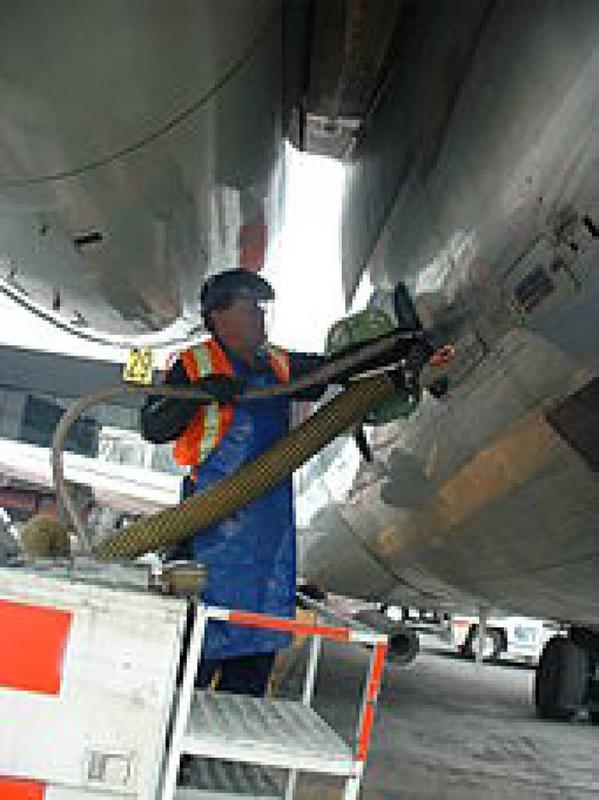
There is a myth that says that the airplane's toilet tank can get ejected if the captain sends the command. This is entirely incorrect - the captain can't eject the tank, as that would be blatantly dangerous to anyone below on the ground.
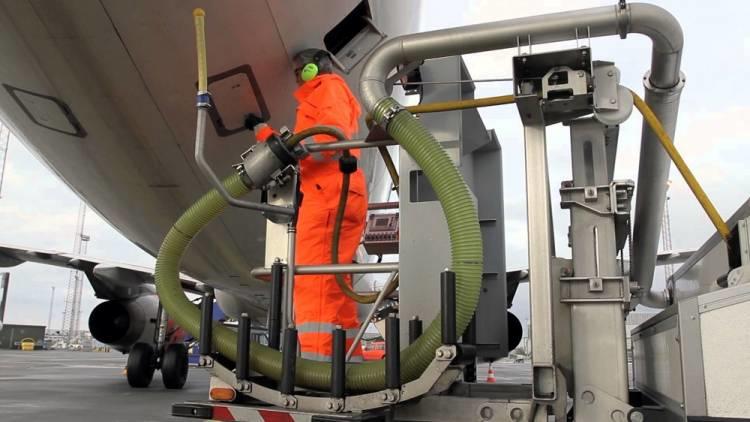
The reason the myth of the "ejectable toiler tank" spread, is because some people have seen some of the airplane toilet's blue liquid falling on the ground. The liquid got called "blue ice" due to its frozen state. That's normal, as the liquid is frozen due to the temperatures and wind it took to reach the ground.
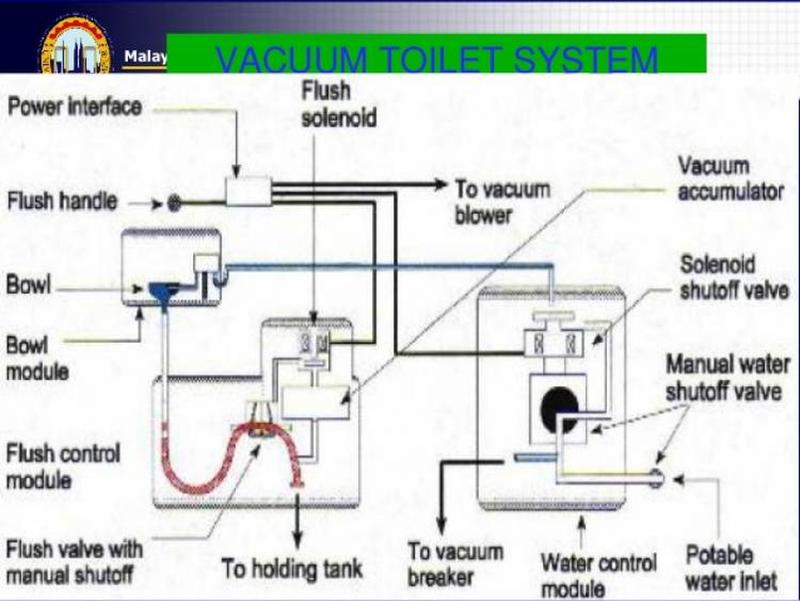
Previously on this article, it was mentioned that once a plane safely lands on the ground, a truck comes to remove all of the excess waste. What happens to the excess waste that is poured into the truck? Unfortunately, that answer is a mystery.
